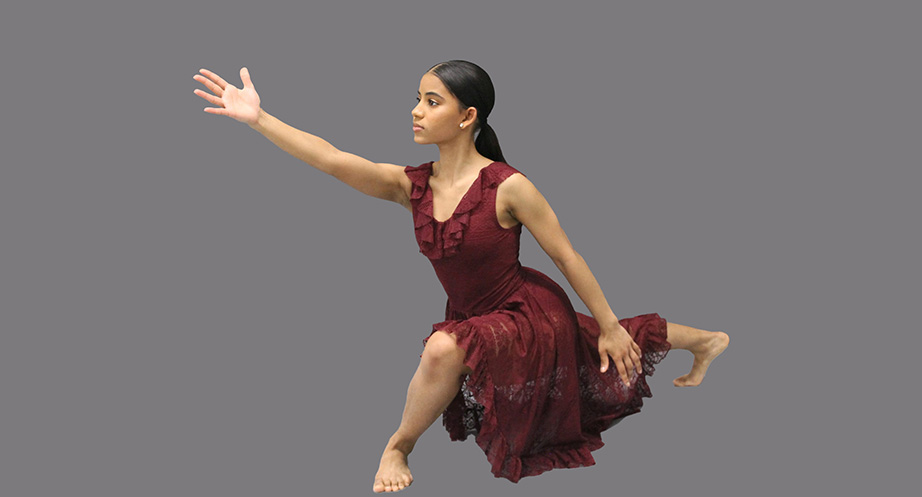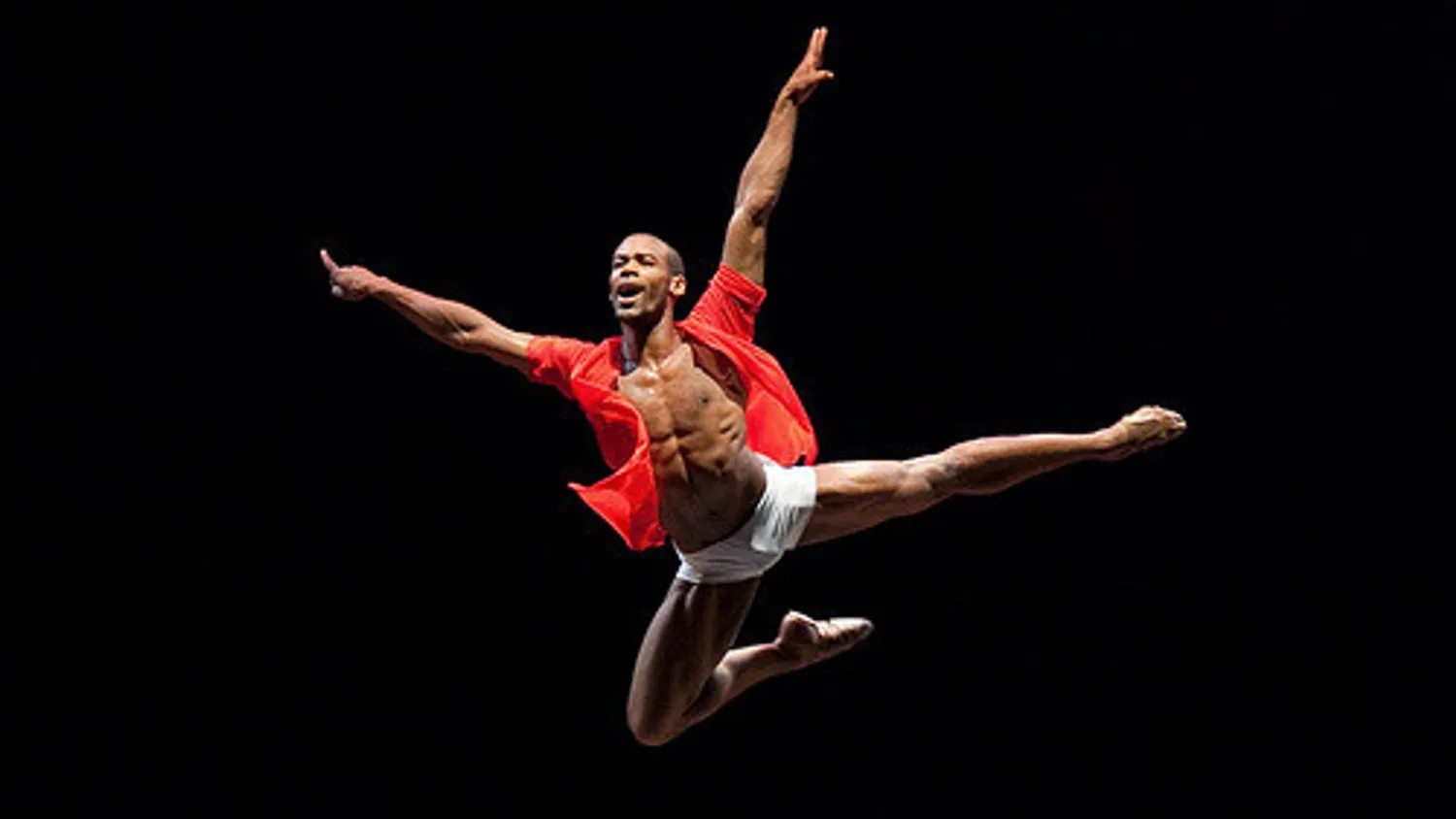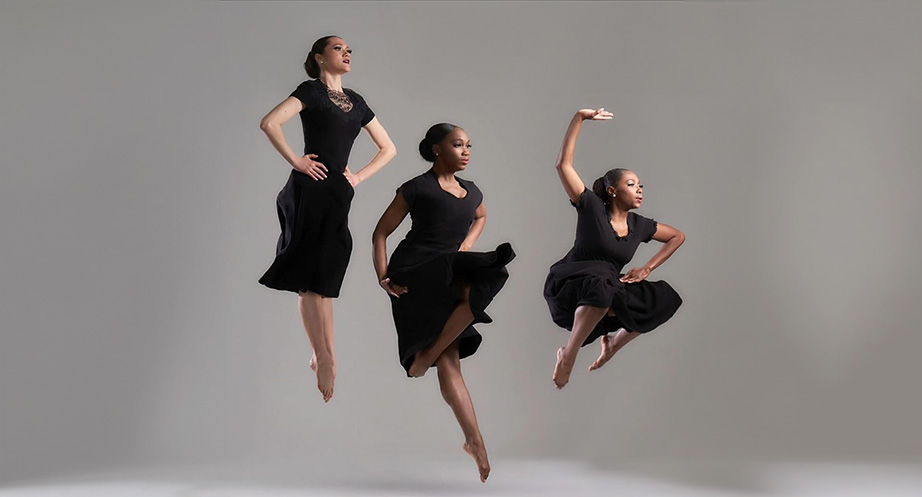by Steven Weisz, PhiladelphiaDANCE.org
for The Dance Journal
Given the current economic down turns, I thought I would offer a few suggestions for developing, broadening and diversifying audience share. This is a compilation of readings and research I have done on this subject across a variety of research publications.
1. Create an open environment
Take the mystery out of dance performances and invite students, sponsors and members of the public to open rehearsals. But more importantly take this opportunity to have someone introduce the company and introduce the performance to those in attendance. Consider inviting students form a local dance studio or class to see a rehearsal or even for a special “early admission” to a performance to view dancers in pre-performance warm up. If your program allows, offer patrons an opportunity to become actively engaged as a volunteer for a day or help backstage. One side note – some of you are doing this already, but upon observation, I realized you did not actually find a way to record those who attended. If you offer an open studio presentation, be sure to have some form of registration, where you can collect names, addresses and emails from those who attend.
2. Cross-promote.
Work with area businesses and restaurants to create inventive packages for patrons and customers. For businesses, many have employee groups looking for special discount offers that they can take advantage of as a group. Best way to get started with this is to contact the Human Resource department of targeted businesses. For area restaurants, dinner and dance packages are a low cost way to form a partnership with mutual benefits. Plus such packages make for great gifts. Table toppers or unobtrusive signage can easily be printed and give to the restaurants. I have found in most cases, you need to do the leg work, making it simple for the restaurant owner.
3. Engage your community.
None of us can afford to create and perform in a vacuum. You need to engage your community by interaction with local, established organizations. While we all offer group sales and appreciate the benefits such campaigns bring, this is not pushed enough in the market place. Offer group tickets to churches, civic organizations, business organizations, etc. Enhance the value of such offers and engage your community further by offering pre-show or post-show discussions or receptions.
4. Offer value beyond discounts. – don’t sell yourself short!
The price of dance tickets on average for our region is $15 with some as low as $5 and very few higher than $25. Offering discounts on tickets does not always translate in to loyal audience members. Look at other ways to offer value beyond just a monetary discount. Examples, would be a chance to meet with the dancers post-performance or attend a special exhibition or discussion with each ticket purchase.
5. Prepare your audience for what they are about to see.
This single factor can literally change your interactions and more importantly ability to connect with your audience. A poll conducted by us of over 500 dance patrons following modern, contemporary and ballet dance performances, indicated that the “non-dancer” members of the audience often felt lost and were not sure what they were suppose to take away from the performance. Almost 59% of these “non-dancer” patrons indicated that they would be hesitant to attend another performance. To counter this, I suggest preparing your audience in advance. It is not enough to just put information in a program. Use the internet and more importantly email campaigns to offer audiences a few days before the performance, background information, interviews, video clips and dancer profiles to help inform and tantalize. Another great suggestion is to offer pre-show chats in the lobby before patrons enter for the performance.
6. Engage youth or lose the next generation of audience!
This may seem obvious but look at what has occurred in other performing arts genres – jazz, classical music, etc. Fail to engage youth and students and you will loose the next generation of audience. While this may not effect your immediate bottom line, over time, it will lead to your demise. Students and youth today spend more time in the virtual world and nesting in their own environments – school and home. You need to offer special family performances and matinees to engage this group. If working with schools, offer teachers/educators special training workshops, exercises and study guides to have them engage students. For family based performances, it is not enough to offer a special rate or matinee. As a child I attended the Young People Concerts by Leonard Bernstein at Lincoln Center. To this day, memories of the education I received at those concerts is still with me. Mr. Bernstein would take the time to speak to students, and I mean really speak to them and engage them. He demonstrated how various elements of the orchestra combined to create the works of music presented. He educated us through stories about the composers and introduced the principal performers. If you offer a student program, you need to create such an engagement, otherwise, quite frankly you have simply offered another discount with no “real” value.
7. Know your audience – face to face!
Think of it this way… You go to a store to shop, in one case you are left to fend for your own, in another case you are engaged by a sales person offering to help or even making suggestions of what you might like. Which store are you more likely to but from and more importantly return to? Several studies done on audiences showed that having cast, directors, producers, etc. available to thank and meet with audiences following a performance increased subscriptions as much as 60% and on average 35%. Make your dance organization feel more personal. A perfect example of such engagement is Dance Celebration series at University of Penn. Randy Schwartz always offers a personal introduction before each performance. Simple but highly effective as he cues us in on what we are about to see and what performances are to come in the near future. He puts a face on an organization making it a more personal experience. I would also offer that having dancers and choreographers, directors and tech staff available and identifiable in the lobby pre-curtain if possible but definitely post curtain, will do more to build a relationship with your audience.
and I offer one more specific to our dance community in Philadelphia
8. Do advanced ticket sales!!!
We have grown accustom to our audiences dropping in. More importantly, we have come to rely on it. But this does very little to build future audiences. Advance ticket sales offer you a chance to know your customers name, address, phone and email, offering you an opportunity to build a subscription list and engage them throughout the year. A “drop in”, cash only patron can remain anonymous to you and more than likely you will never see that person again. Advance sales also help knowing how effective your marketing campaigns are doing and what to expect in terms of attendance. Using a ticketing service or a free service like Dance Box Office ( http://www.danceboxoffice.com ) allows you to generate leads and know your patrons. The other side effect of the drop in audience is the underlying tone that there will always be seats available. What subtle negative message does that ultimately convey about your performance?
I hope these offerings will be of some assistance to you in the current economic situation, but in truth, many of these techniques should really become part of your “best practices”, regardless of the economy. It is time for the dance community to go beyond its borders and turn more people on to all the wonders we have to offer. I welcome feedback and additional suggestions. Please use the comment section below to add to this dialog.






Hello Steve,
Thanks so much for the above points – I realized we’re doing all of them, except for #1, because our rehearsals are held in our small studio, with no seating space. Since presenting our Nutcracker Ballet at the Radisson Hotel’s Waterford Theatre, we’ve had to have an open environment, as a luncheon or tea party precedes our shows. This seems to draw families with the youngest children, so we do keep our ticket prices down, to encourage their participation.
I wanted to mention that when I was growing up, it was forbidden for dancers to appear in public in costume. It was thought to “destroy the magic” if you weren’t sequestered behind the curtain. This was true even at our dance school’s recitals. But today, children arrive and sit at their recitals in costume, right in the audience. Now I worry that ticket purchasers would equate our public shows with childrens’ recitals?
Comments are closed.